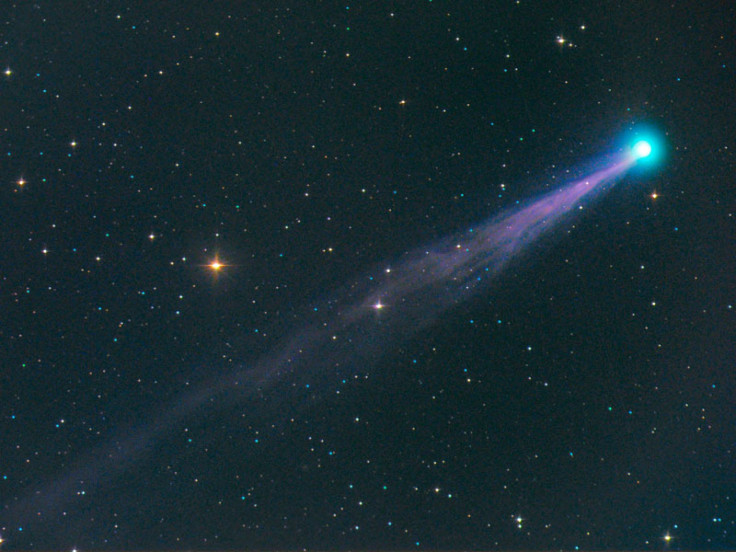Comets Or Meteorites Crashing Into A Planet Could Produce Amino Acids, 'Building Blocks Of Life'

Amino acids are essential for life and researchers believe these compounds could be produced as a result of comet colliding into a planet. Researchers believe this “cosmic factory” could lead to new insights on how life began on Earth and provides an intriguing process for the possibility of life forming on other planets.
Researchers from Imperial College London and the University of Kent discovered, under the right circumstances, a comet, with its icy nucleus and surface of dust and debris, colliding into a planet could lead to the creation of amino acids. The process also works when a meteorite crashes into an icy planet. The research was published in the journal Nature Geoscience.
According to the researchers, the resulting shock wave, caused by a comet or meteorite, creates molecules that make up amino acids and the heat from the impact turns those molecules into amino acids. The researchers experimented with this process by firing projectiles from a high-speed gun into icy targets with a similar mixture of components found in comets. From the shock wave and heat from impact, researchers created the amino acids “D- and L-alanine, and the non-protein amino acids α-aminoisobutyric acid and isovaline as well as their precursors.”
Co-author Mark Price, from the University of Kent, said in a statement, “This process demonstrates a very simple mechanism whereby we can go from a mix of simple molecules, such as water and carbon-dioxide ice, to a more complicated molecule, such as an amino acid. This is the first step towards life. The next step is to work out how to go from an amino acid to even more complex molecules such as proteins.” Co-author Zita Martins, from Imperial College London, said the simple process can allow for the creation of amino acids throughout the universe based on the right conditions. “Excitingly, our study widens the scope for where these important ingredients may be formed in the Solar System and adds another piece to the puzzle of how life on our planet took root,” said Martins.
According to the researchers, this process could have helped life begin on Earth during a time, approximately 4.5 billion and 3.8 billion years ago, when comets and meteorites routinely collided with Earth. The process could lead to a renewed interest in icy moons such as Saturn’s Enceladus and Jupiter’s Europa as meteorites that crash into these moons could produce amino acids.
© Copyright IBTimes 2024. All rights reserved.












